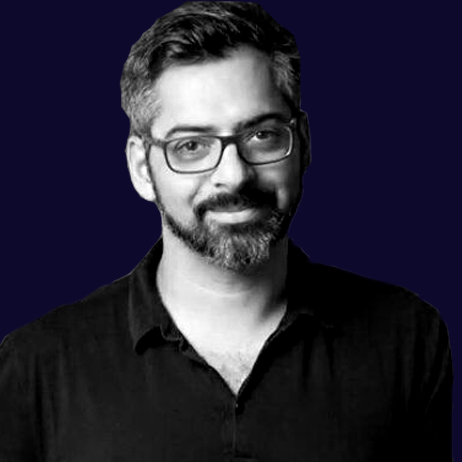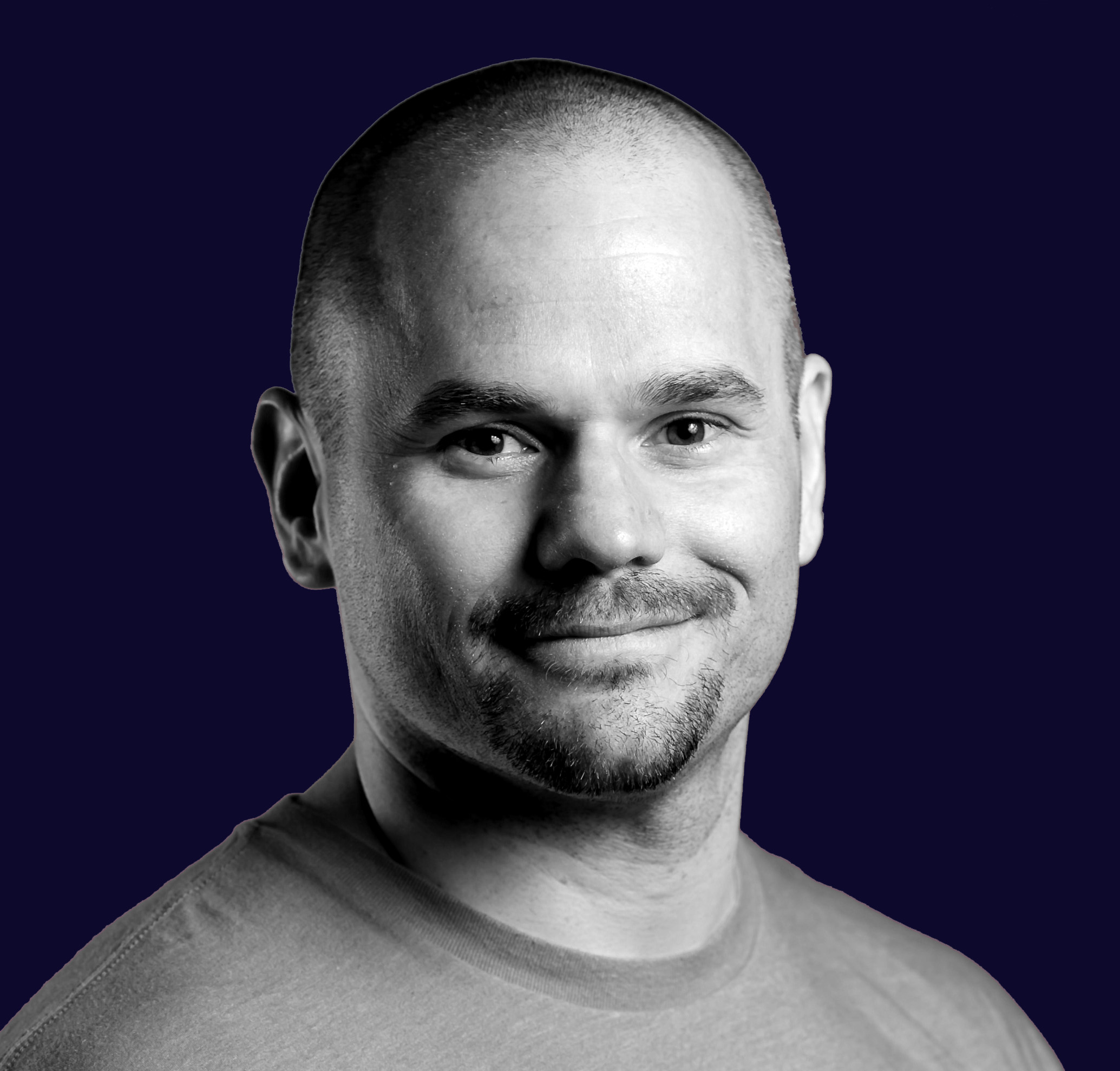Speakers
Aaron Black, Software Systems Engineer at JPL/NASA
Building a Common Pipeline to Improve Software Reliability in a Safety Critical Environment
JPL designs, builds, and operates one-of-a-kind missions in distant, hostile environments over long periods of time. Our reliability targets can be more stringent than traditional software, but we still use variations on the software development pipeline to achieve them. Although teams need different pieces of the pipeline, building a common structure allows them to integrate their work and collaborate. I’ll discuss challenges these teams face, and how a common development pipeline infrastructure allows us to improve reliability.
Aaron Black
Aaron Black is a Software Systems Engineer at the NASA Jet Propulsion Laboratory. Part developer, part build engineer, and part tech evangelist, he works with projects to improve software development practices and reliability.
Angela Radcliffe, R&D Practice Lead for Capgemini Invent
Courage Agents of Code: Seeking New Horizons in Health Tech
The Cancer Moonshot. An aging world. A healthcare consumerism movement. A fully mapped human genome. Technology, once science fiction lore, now come to life. The waiting room of the future is not in our doctor’s office: it is in our homes, in our cars, and our refrigerators. The lab of the future is not at a bench: it is in the data that flows through our applications, the smart grid, the cloud. Can technology leaders become the sleeper cell of transformation in healthcare by bringing new ways of working – like DevOps to the slow and inefficient clinical trial ecosystem? Can technologists design an Internet of Things not just for patients but with patients? With the exponential data that 5G will unleash on the horizon, can we race to protect privacy and give data ownership back to consumers? Do we have the courage to partner with patients, face conflicting incentives, force interoperability, and reconsider the value data? In this session we will explore trends surrounding the rise of technology in life science, exploring some of the revolutionary inventions enabled by IoT and issue a call to action: will you be among the tech disruptors taking aim at the global healthcare crisis to transform healthcare for the betterment of humankind?
Angela Radcliffe
Angela Radcliffe is a brand transformer and clinical trials expert who has been innovating in healthcare for two decades. Angela’s work runs the gamut of the product development lifecycle, where she has been responsible for the strategic oversight, implementation, and evaluation of clinical trial recruitment efforts, professional education initiatives, and brand promotion - positioning new and existing brands to fill unmet clinical needs. Angela has worked on >100 global clinical trials across most major therapeutic areas bringing. She is a skilled life science strategist with experience that spans three industry sectors: health tech, digital transformation, and marketing communications derived from a career lineage that includes MicroStrategy, Cardinal Health, UnitedHealthcare and the Omnicom and Interpublic agency networks. She is committed to the pursuit of more authentic patient engagement, giving data ownership back to consumers, the promotion of health literacy for all, and normalizing clinical research a care option.
Daniel Khan, Lead Technology Strategist at Dynatrace
Everything I thought I knew about the Event Loop was wrong
Node.js is an event-based platform. This means that everything that happens in Node is the reaction to an event. A transaction passing through Node traverses a cascade of callbacks. Abstracted away from the developer, this is all handled by a library called libuv which provides a mechanism called an event loop. This event loop is maybe the most misunderstood concept of the platform, yet understanding it is vital to really grasp what Node.js is all about. In this talk, I will cover the learnings from digging into the event loop to get some actionable performance metrics out of it.
Daniel Khan
Daniel has over 17 years of experience in software engineering, architecture, product management and strategy. As Lead Technology Strategist, Daniel is subject matter expert for Node.js, co-maintainer of OpenTelemetry-JS, co-chair of the w3c Trace Context working group and responsible for all open source initiatives at Dynatrace.
Don Ward, Senior Research Engineer at Quicken Loans
My Journey learning Flutter
Flutter is Google’s cross-platform development framework for quickly crafting high-quality native apps on Web, iOS, Android, and ChromeOS in record time. Flutter works with existing code, is used by developers and organizations around the world, and is free and open source. Notable apps written in Flutter include Abbey Road Studios first mobile app, Top-line, the Hamilton Broadway Musical app, and Alibaba's Xianyu mobile app. Flutter breathes a breath of fresh air into the cross-platform development scene for many reasons which we will cover during the session. As a technologist, I learned Flutter to keep on top of the latest technology. Today, technology has never moved so fast. There are record numbers of people working to solve every problem imaginable using technology. As part of this session we will delve into some of the tools like the #100DaysOfCode challenge that I used (and you can use too!) too quickly ramp up on new technologies like Flutter.
Don Ward
Don Ward is a Senior Research Engineer at Quicken Loans, the nation's largest mortgage lender, which is based in Detroit, Michigan. As the previous Director of Mobile Development at Quicken Loans, he has been building mobile apps for the past 10 years. He leads the local chapters of the Google Developers Group in Detroit and Windsor, Canada. Always up for a good challenge, Don entered and won a 24-hour hackathon leveraging the power of wearables such as the Apple Watch. Recently, Don purchased an oversized boat and has been honing his captain skills on the Detroit River and Great Lakes. As an avid lover of all things Android, he's waiting on the boating industry to release an excellent Android chart plotter so he can write apps for his boat.
Jason Dobies, Developer Advocate at Red Hat
Shall We Play a Game? Modernizing WarGames Using Cloud-Native Technologies
The '80s and '90s saw a number of classic, and often times unintentionally hilarious, computer hacker movies. Sneakers, Hackers, Swordfish, and many others portray an imaginative -- and largely inaccurate -- view of how computes actually work. What would these worlds of modems and mainframes look like today? In this session, Jason Dobies will break down the technologies portrayed in WarGames and demonstrate some examples of how they may look in today's cloud-native landscape.
Jason Dobies
Jason has over 17 years of experience as a software engineer, with over 12 of those during his time as Red Hat. He is currently working as a Developer Advocate on the OpenShift Ecosystem team where he provides direction and technical advice for applications integrating with OpenShift. Prior to that, Jason's experience includes being a core contributor on multiple OpenStack projects and leading the team for the Red Hat Satellite content management project.
Marco Morales, Solutions Architect at XebiaLabs
Is your DevOps ready for the Cloud?
DevOps and cloud seem to be a match made in heaven. DevOps promises organizations can deliver software with maximum speed, functionality, and innovation. Cloud provides endless resources and access to the latest and greatest technologies, promising to help organizations drive innovation and speed up software development. However, there are challenges that organizations experience when incorporating cloud technologies into their DevOps practices. Join XebiaLabs Cloud & Solution Architect, Marco Morales, to hear about why DevOps is leading many organizations to move to the cloud and how to make this transition as seamless as possible in an enterprise environment.
Marco Morales
Marco Morales is a Solutions Architect at XebiaLabs, where he is responsible for enabling customers to implement DevOps solutions at scale. Marco has held several leadership roles in software development, release management, is experienced in delivering production code to millions of customers world-wide. In these positions, Marco has built a passion and interest in developing software that scales, automates, and increases speed. When not working on DevOps problems, Marco is busy with many of the neat activities family and homeowners typically have, plus an interest in Bonsai, gardening, and cooking. Marco graduated from the Massachusetts Institute of Technology with a BSEE and earned his MSEE from Stanford University.
Merritt Baer, Principal Security Architect at Amazon Web Services
Build a (Security) Machine
100% of executives will say that they care about security. But how do you turn that into a mechanism, to create a cloud security organization that is sophisticated, automated, and leverages your security controls (protective, detective, and reactive)? This session will walk through turning that security impetus into reality. “If it’s not someone’s job, then it’s a hope—and a hope is not a plan.
Merritt Baer
At Amazon Web Services, Merritt is Principal Security Architect for Global Accounts. She provides technical cloud security guidance to complex, regulated organizations like the Fortune 200. She advises the leadership of AWS’ largest customers, around the world, on security as a bottom line proposition. Merritt has experience in all three branches of government and the private sector. Most recently, she served as Lead Cyber Advisor to the Federal Communications Commission. She has also served at the US Department of Homeland Security, the Office of US Senator Michael Bennet, and the US Court of Appeals for the Armed Forces. Before joining the government, Merritt started a business advisory / legal practice, working with emerging tech companies. Merritt speaks all over the world on infosec, including the future of the Internet, artificial intelligence and robots, quantum computing, current cybersecurity issues in 5G, cloud, mobile, IoT and ICS, corporate interactions with government cyber, diversity in tech, entrepreneurism and innovation. Her insights on business strategy and tech have been published in Forbes, The Baltimore Sun, The Daily Beast, LawFare, Talking Points Memo, and ThinkProgress. Her academic work has appeared in the journals of Temple, Georgetown, Santa Clara, UPenn, and UVA.
Morgan McLean, Product Manager at Google
OpenTelemetry: how the observability community came together and what it means for you
OpenTelemetry is the best way to capture critical signals like metrics and distributed traces from your applications so that you can understand the state and layout of your services. It builds from and merges the OpenCensus and OpenTracing communities and has the support of a huge community of end-users, cloud providers, and almost all of the major APM vendors. This session discusses both the technical aspects and functionality of OpenTelemetry and the story of how the community came together to develop it. Specifically, we will focus on; an overview of the OpenTelemetry project, its components and capabilities, a live demo of how easy it is to add OpenTelemetry to an existing application and the value that it provides, lessons learned from building a thriving open source community, and what’s coming next.
Morgan McLean
Morgan has spent much of his career as an engineer and product manager on distributed systems and developer tools. At Google he is the product manager for internal and external application performance management tools, and he has been the product manager for OpenCensus since the project's inception. Morgan has given talks at Kubecon NA, Kubecon EU, O'Reilly Velocity, Monitorama, and GCP Next.
Xabi Errotabehere, VP of Engineering at Cloud Conformity
Scaling Serverless at Cloud Conformity
This interactive session is about why Cloud Conformity decided to go Serverless from day 1 and how they overcame the challenges of building and scaling one of the biggest Serverless workloads on AWS in APAC. Xabi is going to deep dive into the architecture, design principles of the stack and share his experience dealing with a fast-growing serverless infrastructure.
Xabi Errotabehere
Xabi is a Co-Founder and the VP Engineering at Cloud Conformity. With over 20 years’ experience in design and technology, Xabi brings product design, user experience, software engineering and cloud system architecture together to bring world class, functional and usable products to life. He loves a good technical challenge and is passionate about driving solutions through serverless technologies.








